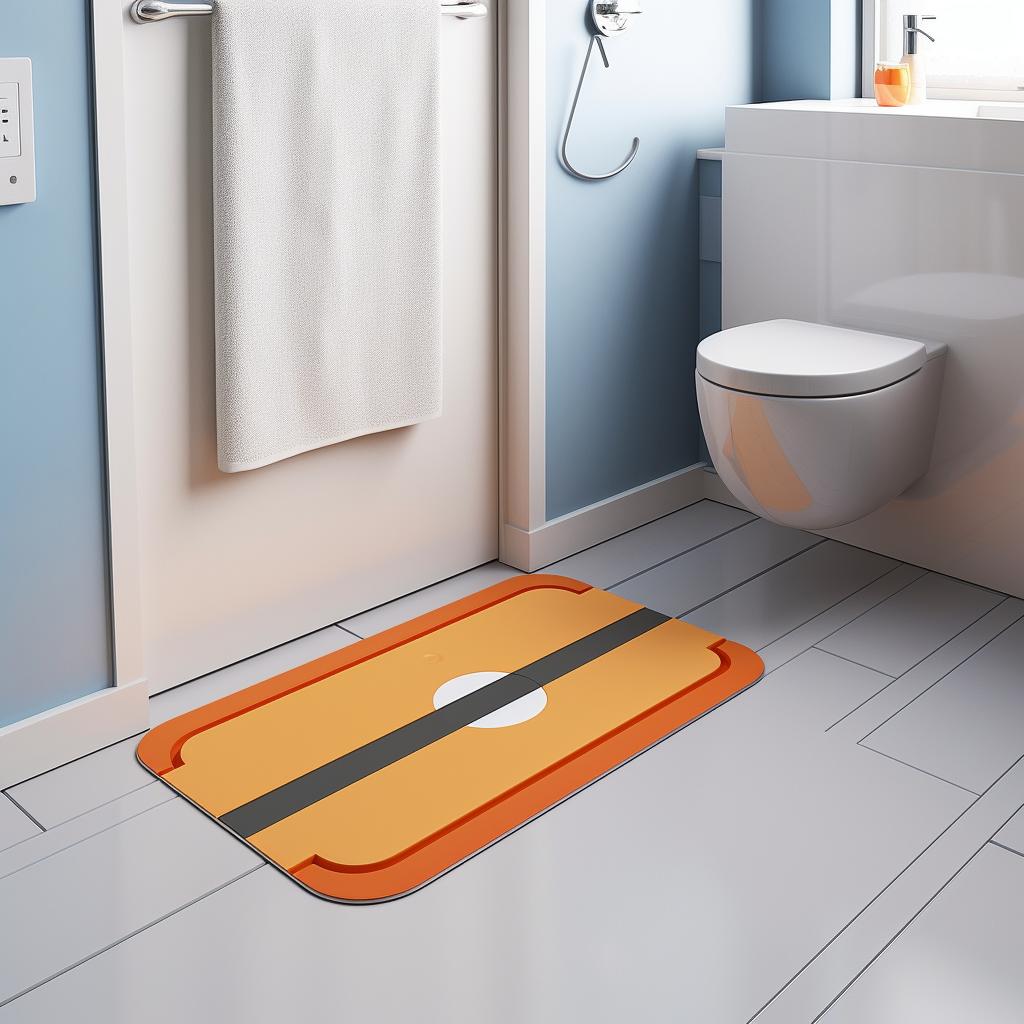🏡 Creating a Dementia-Friendly Home: A Step-by-Step Guide 🧩
Creating a dementia-friendly home is essential for ensuring the safety and well-being of individuals living with dementia. In this step-by-step guide, we will explore practical strategies to make your home more dementia-friendly. By following these steps, you can create a comfortable and supportive environment that promotes independence and reduces confusion.
Step 1: Declutter the Space
Start by removing unnecessary items and keeping the living space organized. Clutter can be overwhelming for individuals with dementia, leading to increased confusion and difficulty navigating their surroundings. By decluttering, you can create a more calming environment that allows for easier movement and reduces the risk of accidents.
Step 2: Improve Lighting
Proper lighting is crucial in a dementia-friendly home. Ensure that all rooms are well-lit to prevent shadows or dark areas that can cause confusion or fear. Consider using night lights in hallways and bathrooms to provide additional safety during nighttime.
Step 3: Create Clear Paths
Arrange furniture in a way that creates clear and easy-to-navigate paths. This helps individuals with dementia move around the house more easily and reduces the risk of accidents. By removing any obstacles or unnecessary furniture, you can create a safer and more accessible living space.
Step 4: Use Labels and Signs
Clear labels and signs can be incredibly helpful for individuals with dementia. Use them to help the person remember where things are located, especially for items and rooms they use frequently. By labeling drawers, cabinets, and doors, you can promote independence and reduce frustration.
Step 5: Make Necessary Safety Adjustments
Safety should always be a priority when creating a dementia-friendly home. Install safety rails in the bathroom, use non-slip mats, and secure rugs to prevent falls. Assess the home for any potential hazards and make the necessary adjustments to ensure a safe living environment.
Creating a dementia-friendly home requires thoughtful consideration and attention to detail. By following these steps, you can make significant improvements to the living environment of individuals with dementia. Remember, small changes can make a big difference in promoting independence, reducing confusion, and enhancing overall well-being.
At Dementia Care Tips, we are committed to providing comprehensive resources and support for understanding and managing dementia. From recognizing the signs of end-of-life in dementia patients to understanding the different stages of dementia, our goal is to provide authoritative and compassionate advice. Whether you are caring for someone with childhood dementia, vascular dementia, or Alzheimer's dementia, we are here to help you navigate this challenging journey.















